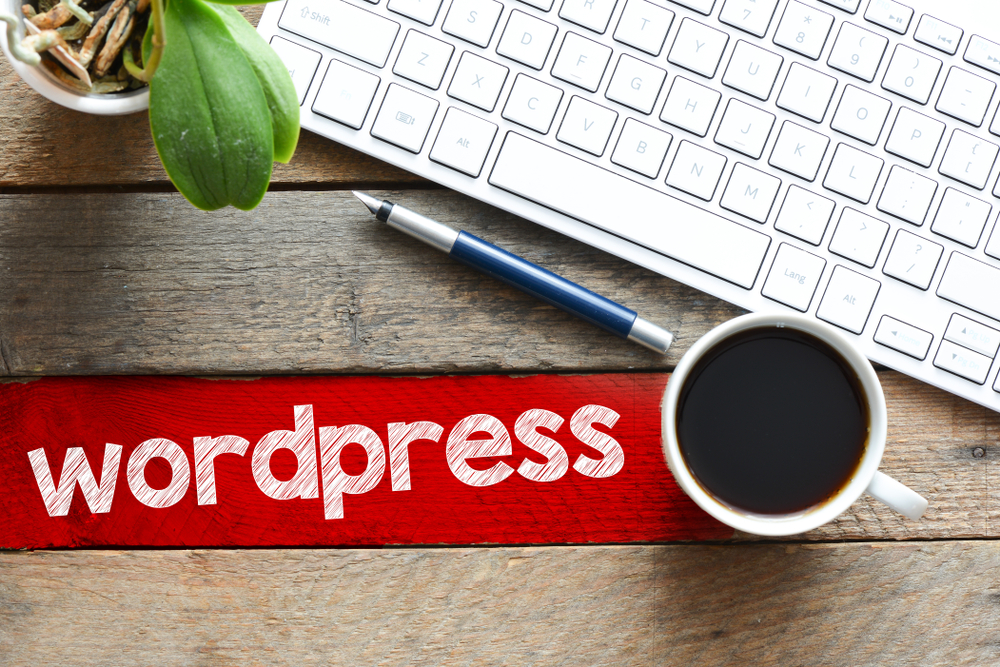
If you are a website owner or a blogger, chances are you've heard of WordPress. WordPress is the most popular Content Management System (CMS) in the world, powering over 37% of all websites on the internet. Its powerful features and user-friendly interface make it the go-to choice for individuals and businesses alike. In this article, we will explore some top tips for mastering WordPress (the platform for bloggers) customization and maintenance.
1. Choose the Right Theme
One of the beauties of WordPress is the vast array of themes available. A theme determines the look and feel of your website, so it's important to choose one that aligns with your brand or personal style. When selecting a theme, consider factors such as responsiveness (mobile-friendly design), loading speed, customization options, and support from the theme developer. There are both free and premium themes available, so find one that suits your needs and budget.
2. Customize with Plugins
WordPress (or WP) offers a wide range of plugins that enhance functionality and allow for customization without the need for coding skills. Installing plugins is as easy as a few clicks, and you can find plugins for almost anything you can imagine – from SEO optimization to social media integration and contact forms. Popular plugins like Yoast SEO, Jetpack, and WooCommerce can greatly improve your website's performance and user experience.
3. Optimize Your Website's Speed
A slow website can turn away visitors and negatively impact your search engine rankings. WordPress provides several ways to optimize your website's speed. Firstly, choose a reliable hosting provider optimized for WordPress (the blogging platform) . Additionally, compress images and minify CSS and JavaScript files to reduce loading times. Utilizing caching plugins can also significantly improve your website's speed by generating static HTML versions of your pages. Speed optimization is crucial, so take the necessary steps to keep your site running smoothly.
4. Regularly Update WordPress and Plugins
WordPress frequently releases updates that include bug fixes, security patches, and new features. It's important to keep your WordPress installation and plugins up to date to maintain a secure and efficient website. In your WordPress dashboard, you can easily check for available updates under the "Updates" tab. The latest version of WordPress can be installed with just a click of a button. Regularly updating your WordPress (WP) website ensures that you are benefiting from the latest enhancements and reducing vulnerabilities.
5. Backup Your Website Regularly
Backup your website regularly to avoid losing your valuable content, customizations, and data. Should anything go wrong, having a recent backup can save you a lot of time and effort in restoring your site. WordPress offers numerous plugins, such as UpdraftPlus and BackupBuddy, that enable you to schedule automated backups and securely store them on remote servers or cloud storage services. Make sure to test the backups periodically to ensure they are functioning correctly.
Frequently Asked Questions
Q1. Can I use WordPress to create an eCommerce website?
A1. Absolutely! WordPress, when paired with plugins like WooCommerce, provides a robust platform for creating and managing eCommerce websites. You can easily add products, set up payment gateways, and customize the design to match your brand.
Q2. Do I need coding skills to use WordPress?
A2. Not at all! WordPress is designed with beginners in mind. You can create a fully functional website without any coding knowledge using pre-built themes and plugins. However, a basic understanding of HTML and CSS can be beneficial for customizations beyond the theme options.
Q3. How can I improve my website's SEO with WordPress?
A3. WordPress offers several SEO plugins, such as Yoast SEO and All in One SEO Pack, that help optimize your website for search engines. These plugins allow you to add meta tags, generate XML sitemaps, analyze keyword density, and provide recommendations for improving your content's SEO.
Q4. Is it necessary to change my theme frequently?
A4. It is not necessary to change your theme frequently unless you want to refresh the design or add new functionalities. However, it's recommended to keep your theme up to date, as theme developers often release updates to ensure compatibility with the latest version of WordPress and address any security vulnerabilities.
Q5. Can I transfer my WordPress website to a different hosting provider?
A5. Yes, you can transfer your WordPress website to a different hosting provider by following a few simple steps. Most hosting providers offer migration services or provide detailed documentation on how to migrate WordPress installations. Additionally, there are plugins available that can facilitate the migration process.
WordPress is an incredibly powerful platform that allows you to create and manage beautiful, functional websites. By following these top tips for customization and maintenance, you'll be well on your way to mastering WordPress and creating a website that fits your unique needs and goals.
Other useful resources
- https://www.wordpress24plus.com/wordpress-tools-directory/
- https://www.wordpress24plus.com/services/wordpress-developer/
- https://www.wordpress24plus.com/wordpress-tools-directory/wordpress-plugins/